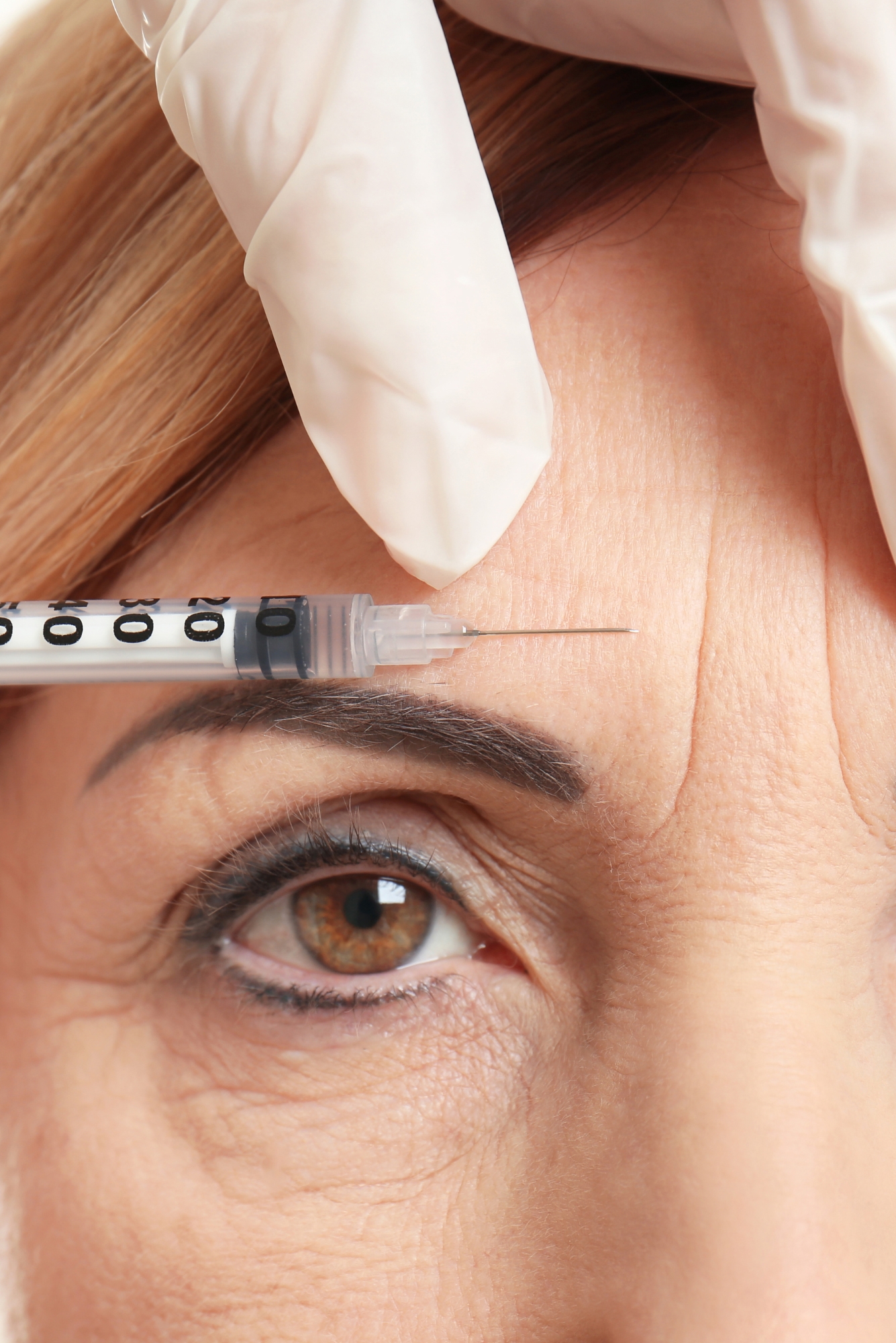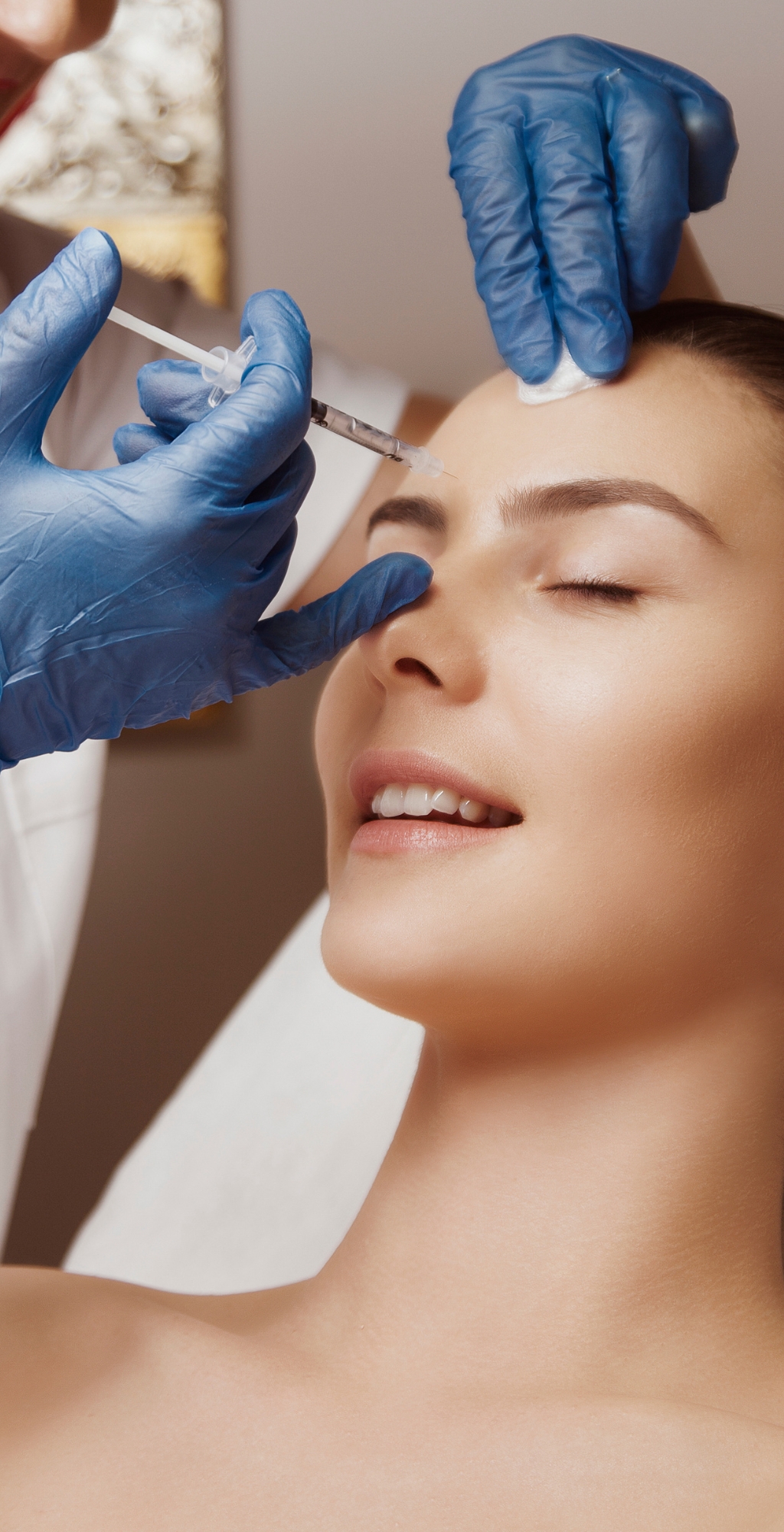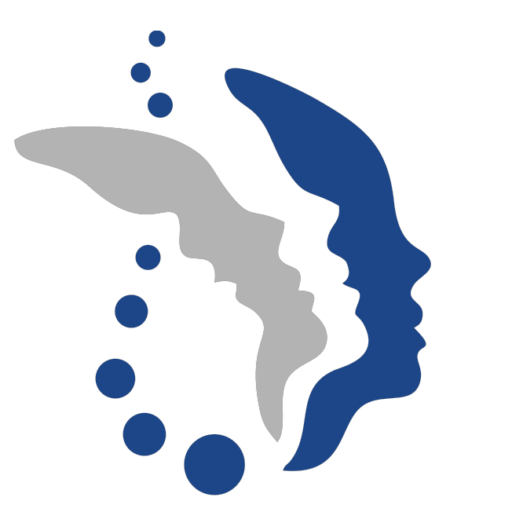Botox
- Home
- Botox
Botox
When to consider a Botox?
Addressing Facial Wrinkles and Lines
Specifically, dynamic wrinkles that appear from facial expressions like smiling or frowning.
Managing Excessive Sweating
Botox can be effective for conditions like hyperhidrosis.
Desiring Non-Surgical Cosmetic Enhancements:
If you're looking for a minimally invasive way to improve your appearance without surgery.
Treating Migraine Headaches
If traditional migraine treatments haven’t been effective.
Addressing TMJ Disorders
Botox can help in reducing jaw tension and pain.
Facial Contouring
Such as slimming of the face or adjusting the eyebrow position.

It’s important to have realistic expectations and be in good general health.
What is a deep-plane Botox?
Botox is an FDA-approved treatment primarily used to reduce facial wrinkles and fine lines. It works by temporarily paralyzing the small muscles beneath the skin, preventing them from contracting, which in turn smooths out wrinkles and prevents the formation of new ones. Botox is commonly used on the forehead, between the eyebrows, and around the eyes and nose. Apart from cosmetic uses, Botox is also effective for treating medical conditions like excessive sweating, migraine headaches, and TMJ disorders.
Who is a good candidate for a botox?
Good candidates for Botox are typically those:
- Seeking improvement in moderate to severe facial wrinkles, especially in areas treatable by Botox like the forehead, around the eyes, and near frown lines.
- In good general health, without conditions that might contraindicate Botox use.
- Not allergic to Botox ingredients.
- Not pregnant or breastfeeding.
- Without active skin infections at the planned injection site.
- Without certain muscular or neurological diseases.
- With realistic expectations about the outcomes of the treatment

What does a Botox address?
- Facial Wrinkles and Fine Lines: Especially dynamic wrinkles that occur from facial expressions.
- Forehead Creases: Softening horizontal lines across the forehead.
- Frown Lines: Reducing the appearance of lines between the eyebrows.
- Crow’s Feet: Smoothing lines around the eyes.
- Brow Position: Lifting and shaping eyebrows.
- Nasal "Bunny" Lines: Reducing wrinkles on the sides of the nose.
- Lip Lines: Diminishing "smoker lines" around the mouth.
- Facial Contouring: Slimming the lower face by reducing the masseter muscle size.
- Migraines: Treating chronic migraines that don't respond to standard treatments.
What does a botox not address?
- Deep Wrinkles and Folds Not Related to Muscle Activity: Such as those caused by sun damage or aging unrelated to facial expressions.
- Skin Texture and Quality: It doesn't improve overall skin texture, tone, or issues like acne scars.
- Volume Loss in the Face: Botox doesn't restore lost facial volume; fillers are typically used for this purpose.


What to expect during recovery from a botox?
- No Significant Downtime: Most people can resume normal activities immediately.
- Mild Discomfort: Some may experience slight discomfort at the injection sites.
- Temporary Bruising or Redness: Minor bruising or redness can occur but typically resolves quickly.
- Avoid Rubbing Treated Areas: To prevent Botox from migrating, avoid massaging or applying pressure for 12 hours post-treatment.
- Initial Effects: The effects start appearing within 3-4 days, peaking in 1-2 weeks.
- Duration of Results: The results last about 3-4 months, after which follow-up treatments are often recommended.
What are the risks of a botox?
The risks of Botox are generally minimal, but can include:
Allergic Reactions:
Though rare, some individuals may have an allergy to Botox.
Bruising at the Injection Site
This is usually temporary and can be covered with makeup.
Temporary Side Effects
These can occur if Botox migrates from the injection site, but are generally mild.
Muscle Weakness or Drooping
In some cases, nearby muscles may be temporarily affected.
No Serious Side Effects at Standard Dosages
Serious side effects are uncommon when Botox is used at the recommended dosages
Why choose Dr. Brandt for your botox?
Choosing Dr. Brandt for Botox treatments can be beneficial due to his expertise as a double board-certified Facial Plastic Surgeon and experience with Botox injections. His role as a National Physician Trainer for Allergan, the company that created Botox, indicates a high level of proficiency and knowledge in the field. Patients might also appreciate Dr. Brandt’s attention to detail and commitment to achieving natural-looking results, ensuring each treatment is tailored to the individual’s needs and facial structure.
